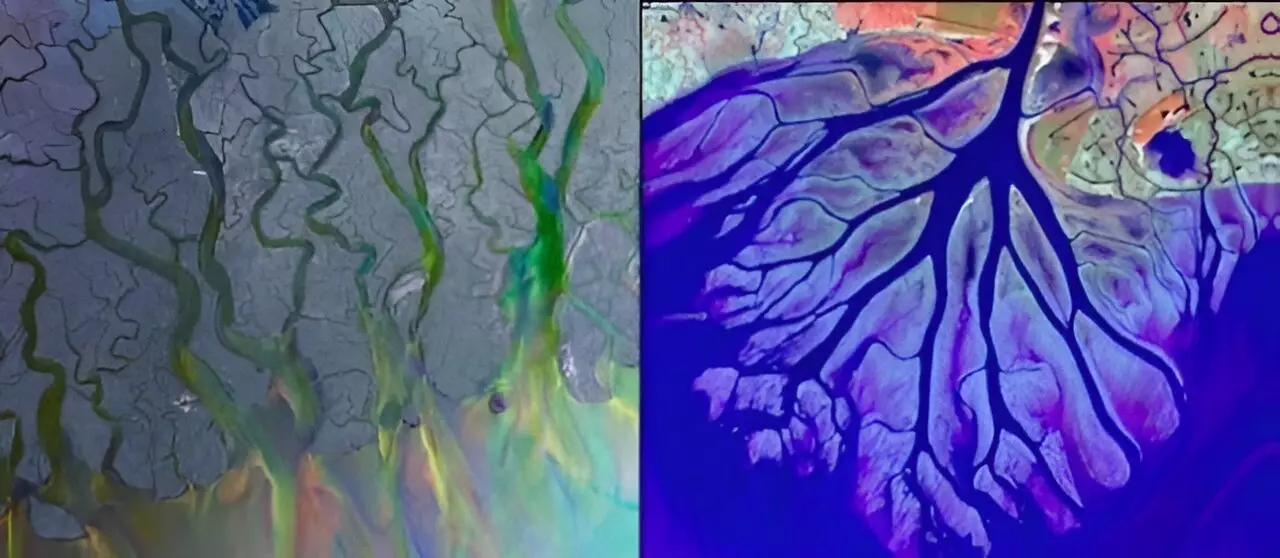Transport networks play a crucial role in the functionality and resilience of various systems, from river systems to blood vessels. Understanding how these networks form and evolve is essential for optimizing their stability. Recent research has shown that networks with loop structures are more damage-resistant compared to tree-like structures. But what conditions favor the formation of loops in transport networks?
A study conducted by researchers from the Faculty of Physics at the University of Warsaw and the University of Arkansas recently shed light on this question. Their findings, published in Physical Review Letters, revealed that networks tend to form stable loop structures when flow fluctuations are appropriately tuned. This discovery has significant implications for understanding the structure of dynamic transport networks better.
The researchers discovered that the stability of loops in these networks depends on the interplay between geometric constraints and fluctuations in flow. They found that loops require fluctuations in the relative size of flow between nodes, not just temporal variations in flow at a single node. Additionally, loops are more stable when the fluctuations are neither too small nor too large relative to the constant flow component.
One of the key implications of this research is that changes in the fluctuation pattern due to external factors such as human intervention or climate change can lead to the appearance or disappearance of loops within transport networks. This transformation can significantly impact the overall form and stability of the network.
While the initial focus of the research was on river systems, the findings have broader implications for a wide range of transport networks. The researchers found that simple growth rules can lead to fascinating patterns in network structures. While tree-like structures are effective for transport, networks that contain loops are more resilient to damage.
The research conducted by the collaborative team from the University of Warsaw and the University of Arkansas has provided valuable insights into the formation and stability of loop structures in transport networks. By understanding the conditions that promote the emergence of loops, we can optimize the design and resilience of various transport systems in both natural and human-made environments. As we continue to face challenges such as rapid climate change, this research will be crucial in adapting and evolving our transport networks to meet changing needs.


Leave a Reply